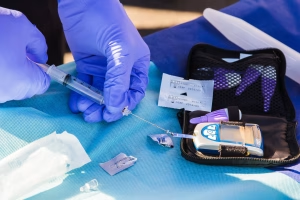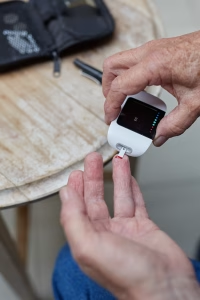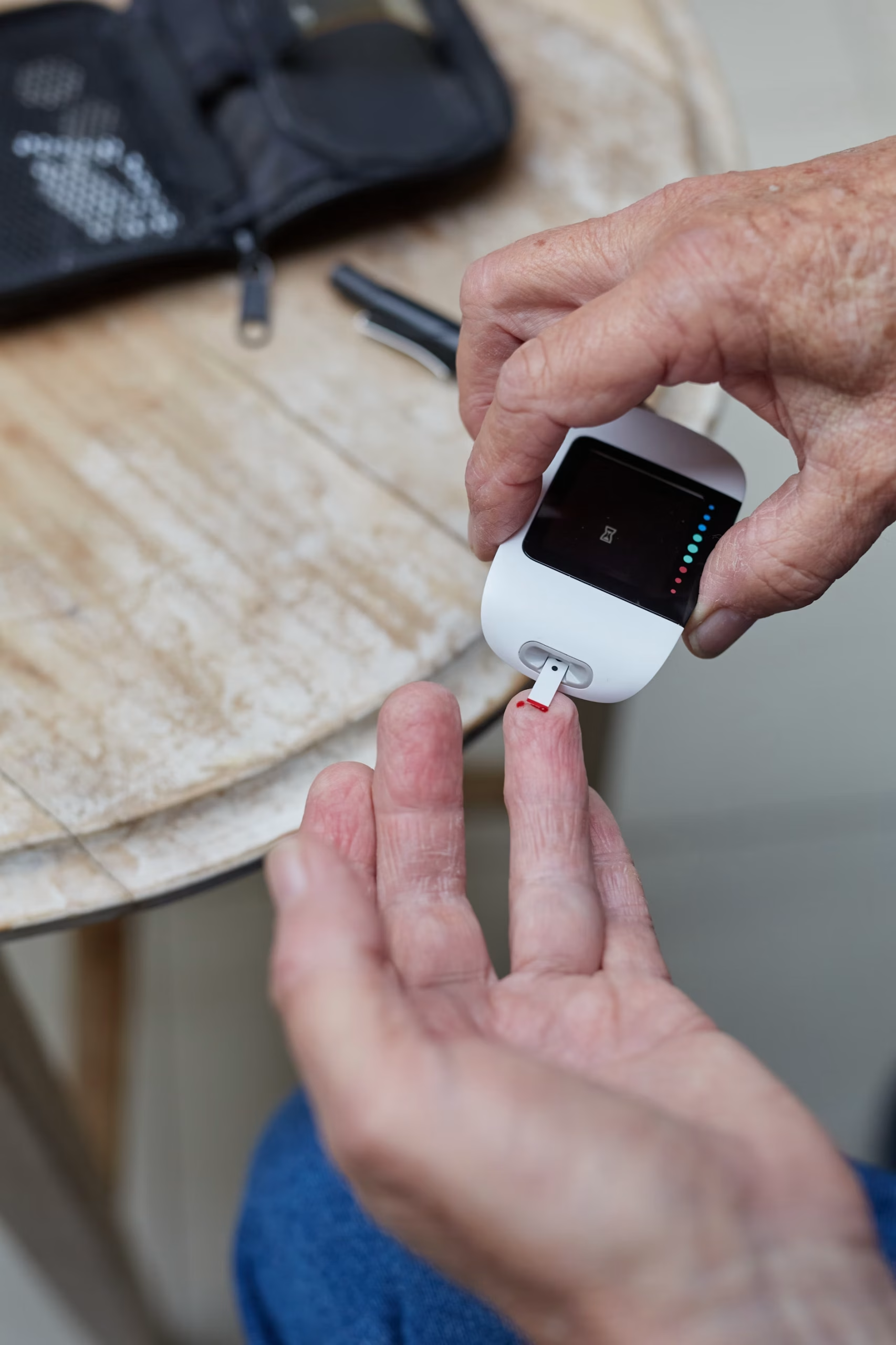Identifying Early Symptoms of Type 2 Diabetes
WHO!!!!
Type 2 diabetes is a long-term disease in which the body cannot regulate glucose and, as a result, blood sugar levels become too high. Many of the early signs can be detected, and if treated quickly, the incidence and potential for complications can be reduced, although it is important to note that even with treatment, many people will develop OSA over time.
Being aware to begin with not only allows for early intervention but also provides an opportunity to implement several lifestyle changes we know can slow and even reverse prediabetes. Recognizing these signs means being aware of slight physiological changes that would otherwise be missed.
A. Unexplained Fatigue
Chronic fatigue is one of the first signs of type 2 diabetes. This type of fatigue is different from regular tiredness that gets better with restorative rest; it seems unrelenting and out of proportion to what you did.

This happens because people with diabetes develop insulin resistance, which means that the body becomes more efficient in using glucose for energy. The glucose, unable to enter cells, continues circulating the blood; the body is starved of energy. The result is an energy deficit, leading to a dragging mind and body for the whole day.
B. Frequent urination and excessive thirst
Osmotic diuresis is due to increased blood glucose, in which an elevated level of glucose within the blood draws water from the tissues into the urine. You lose control over urination, most prominently at night.
The kidneys are working extra hard to get rid of all that excess sugar; the body becomes dehydrated, so we feel like we are thirsty ALL THE TIME. Many are getting thirstier as they drink more fluids due to feeling thirsty. The interrelated constant urination and thirst are typical for type 2 diabetes.
C. Weight Change Without Reason
Obesity is often cited as a risk factor for type 2 diabetes, but offering weight loss or gain without any other clear reason can be an early indicator. There are those who, no matter what they eat or what they follow in their eating patterns, find it harder to lose weight.
This happens because when your body cannot easily access glucose, it begins to use muscle and fat for energy instead. On the other hand, it can also induce a greater fat-storing response from the body, resulting in unanticipated weight gain. It is important to understand that changes and the need for evaluation by a physician to find the cause.
D. Blurry Vision
Excess sugar in the blood causes taction on the eye lens, increasing volume—which has, as a result, distorted vision. Again, this symptom might fluctuate based on the ever-changing blood sugar levels.

Although this does not feel dangerous in the beginning, leaving out elevated levels of glucose for very long can destroy the retin permanently, which’ll lead to diabetic retinopathy. While you experience visual disturbances, if you observe them and actpromptly, then long-term complication can be prevented
E. Wish for More Food After Eating
Hungry or starving cells are unable to access glucose, sending signals to the brain that trigger hunger. Such a condition, referred to as polyphagia, can cause persistent ulcers and also overeating of foods. Yet, due to the body’s inability to use the glucose properly, eating tends to not give any relief on energy deficit, and thus a cycle of hunger continues.
F. Contagious and Slow-To-Heal Wounds
High blood sugar leads to impaired immune function, which means the time taken for cuts, bruises, and sores to heal increases. Plus, higher glucose means a more fertile soil for bacteria and fungi to grow, opening us up to the risk of keeping infections.
Skin infections, urinary tract infections, or yeast infections that recurrently occur and are difficult to treat may be experienced by a person with early diabetes.
G. Tingling or Numbness in Arms, Hands, Feet and Legs
Neuropathy, in which elevated blood sugar destroys the nerves (particularly in the hands and feet), is one of the more insidious signs. Here The early signs are sensations of tingling/numbness or a pins-and-needles feeling.

Although these symptoms might not seem too severe at first, they can develop into pain and serious nerve damage if blood sugar levels go uncontrolled for a while. Way These Kinds of Credentials Are Developed: Early recognition will make it possible for the chances of avoiding flaws that can be irreversible.
H. Dark Patches of Skin: Acanthosis Nigricans
It appears as dark, velvety patches of skin that typically occur in body folds like the neck, armpits, or groin. Insulin resistance causes acanthosis nigricans using the fact that it is an external manifestation of internal metabolic changes. It is not harmful by itself, but the way you see it indicates an early risk of diabetes.
I. Mood Changes and Irritability
Changes in blood sugar levels can affect mood and mental health. When the blood sugar is rising, irritability and difficulty focusing can cause early type 2 diabetes—symptoms of anxiety or depression may emerge. Essentially, these changes come because the brain is not fully functioning, with a large part of its processes reliant on glucose, and due to the stress that metabolic dysfunction causes in the body.
J. Craving for Sugary Foods
When the body finds it difficult to control glucose, one may start craving more for sweets. This is very often a physiological response to low cellular energy as the body tries to replenish glucose stores quickly. Yet, eating such cravings worsens blood sugar problems and initiates a vicious cycle of worsening insulin resistance over years.
Stop it before they get going
Type 2 diabetes has subtle early symptoms, so regular health check-ups are vital—particularly for those with risk factors including obesity, inactivity, a family history of diabetes, and high blood pressure.
Blood sugar abnormalities that can precede the onset of more pronounced symptoms for blood sugar levels mentioned above (fasting blood glucose, HbA1c, and glucose tolerance) are some tests that can detect abnormalities in blood sugar levels as well.
Lifestyle changes are at the core of early intervention. Eating sources of whole grains, lean proteins, and healthy fats—and low in processed sugars—lances blood sugar levels. Exercise helps insulin action and increases muscle utilization of glucose.
The 2 key factors in regaining proper insulin function, aka preventing type 2 diabetes from getting a strong fofootholare weight management and consistent cardiovascular activity.
If you suspect any of these early signs, consulting a healthcare provider for a full evaluation is critical. But timely diagnosis and intervention not only reduce the probability of complications like cardiovascular disease, kidney damage, and visual impairment but also increase quality of life.




Leave a Reply